
Shanghai's automotive metamorphosis
6 min read Aug 3, 2024
In 2005, I landed in China, clutching my prized fourth-generation iPod. My excitement quickly diminished when I realized I had forgotten the charger.
Locals were perplexed when I asked them for help. They’d never seen such a device, let alone knew where to find a charger. Little did I know, this moment of technological disconnect would become a quaint memory in the face of China’s impending digital revolution.
Fast forward to 2023, and the tables had turned — I was the bewildered one. Craving a simple coffee, I found myself in a high-tech puzzle. The coffee shop had no menu or prices in sight, just a massive QR code. The staff thankfully directed me to scan the QR code with Alipay , bringing up the shop’s mini-app within which I could view the menu, pay, and check on my order.
The China I knew was replaced by a sci-fi vision of the future. Sure, economic figures could tell this story. But for a car enthusiast like me, the real tale was written on the streets. Cars are more than transport — they embody technology, signal identity, and reflect wealth.
2005
Back in 2005, China was still finding its economic footing. With a GDP just a sixth of the US, the streets told the story. Bicycles and mopeds ruled, punctuated by the occasional utilitarian Volkswagen Santana taxi. The few private cars I saw were bare-bones affairs – manual transmissions, no AC, pure function over form. Luxury? Porsche was still tiptoeing into the market, selling a tenth of the cars in all of Asia than they did in the US.
16 year old me in Beijing
Yet, standing in Shanghai’s Pudong district, craning my neck at the rising skyscrapers, I could see and feel the pace of change. China wasn’t just growing; it was sprinting into the future.
2017
My return to Shanghai twelve years later revealed a city transformed. China’s GDP had surged, now closely trailing the US. Its economic transformation was immediately clear on the streets. A diverse automotive mosaic had replaced the functional uniformity of a decade prior.
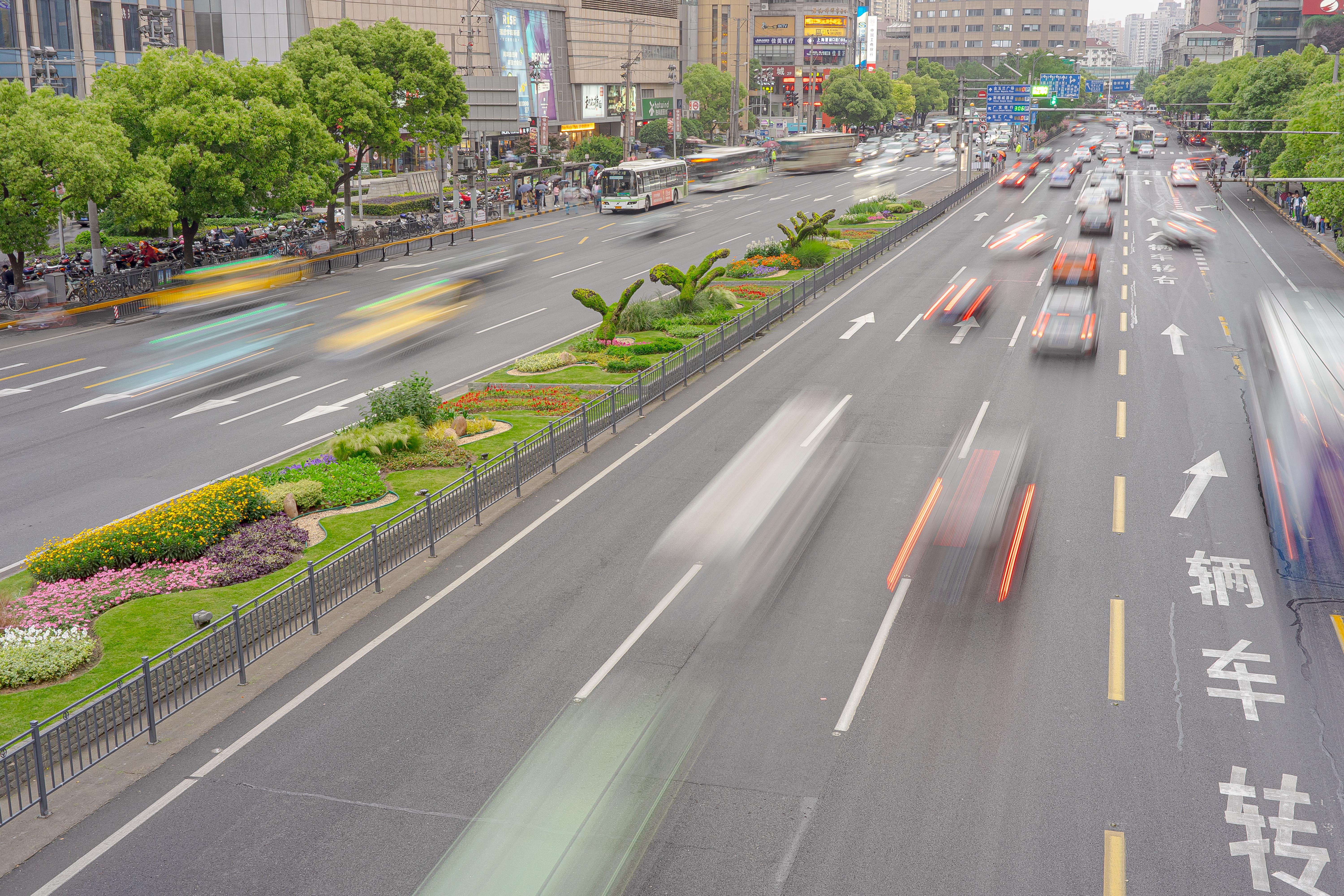 Sony a7 · 40mm · 1/1 · ISO
100
Sony a7 · 40mm · 1/1 · ISO
100
Locally-built models from foreign marques like Volkswagen and Buick now dominated the roads. Interspersed were homegrown brands like Geely. In fancier neighborhoods, international luxury brands — Porsche, Ferrari, Lamborghini — were everywhere, their presence a tangible indicator of China’s growing affluence.
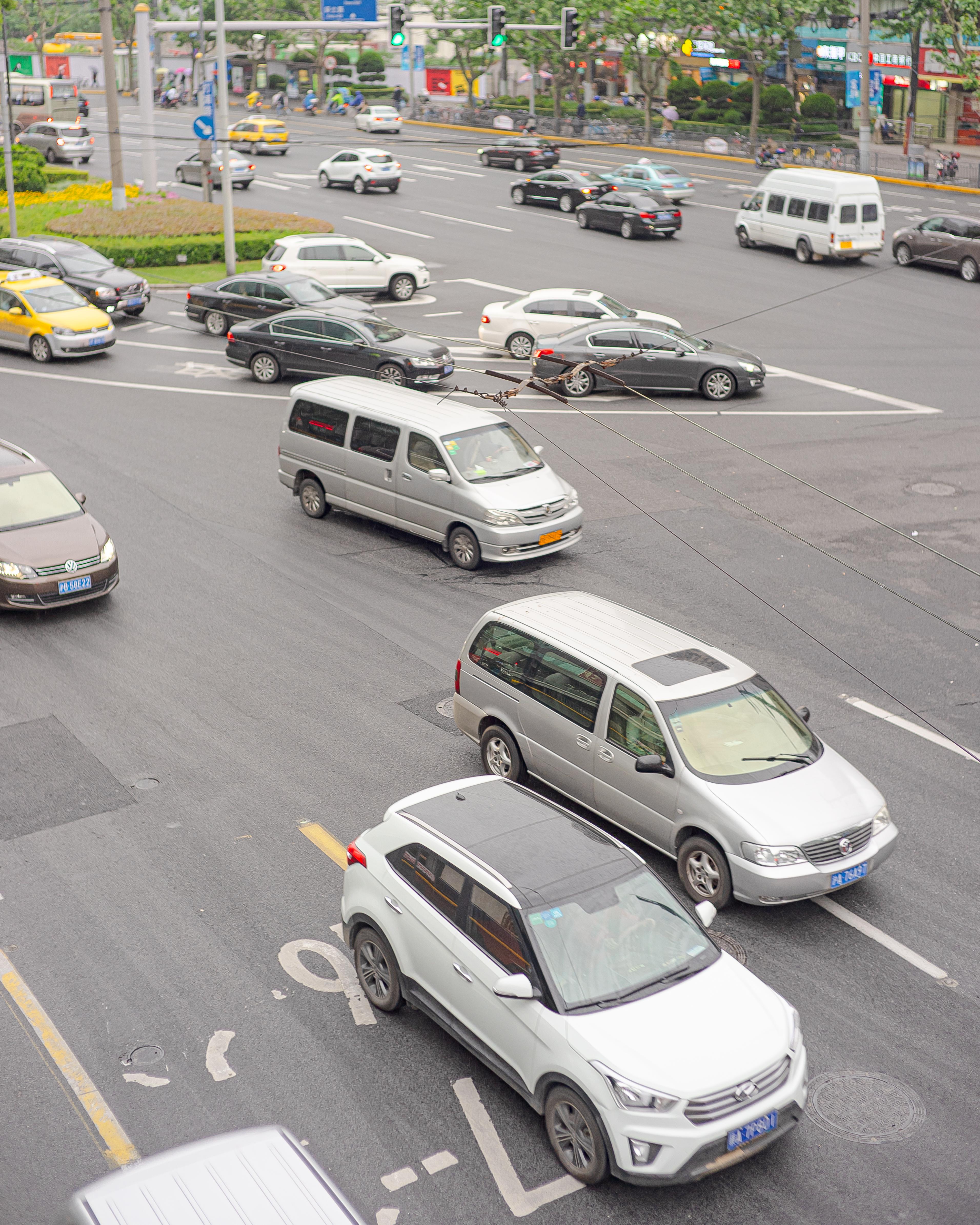 Sony a7 · 40mm · 1/100 · ISO
100
Sony a7 · 40mm · 1/100 · ISO
100
The numbers told an equally compelling story. Porsche, once a rarity, was now selling more vehicles in China than in North America. This shift in the luxury market was emblematic of a broader change: China was no longer just the world’s factory, but a discerning consumer of global brands.
Yet, amidst this automotive evolution, another revolution was quietly unfolding. The streets were awash with colorful shared bikes, a fusion of old-school transportation and new-age tech that hinted at China’s unique approach to urban mobility.
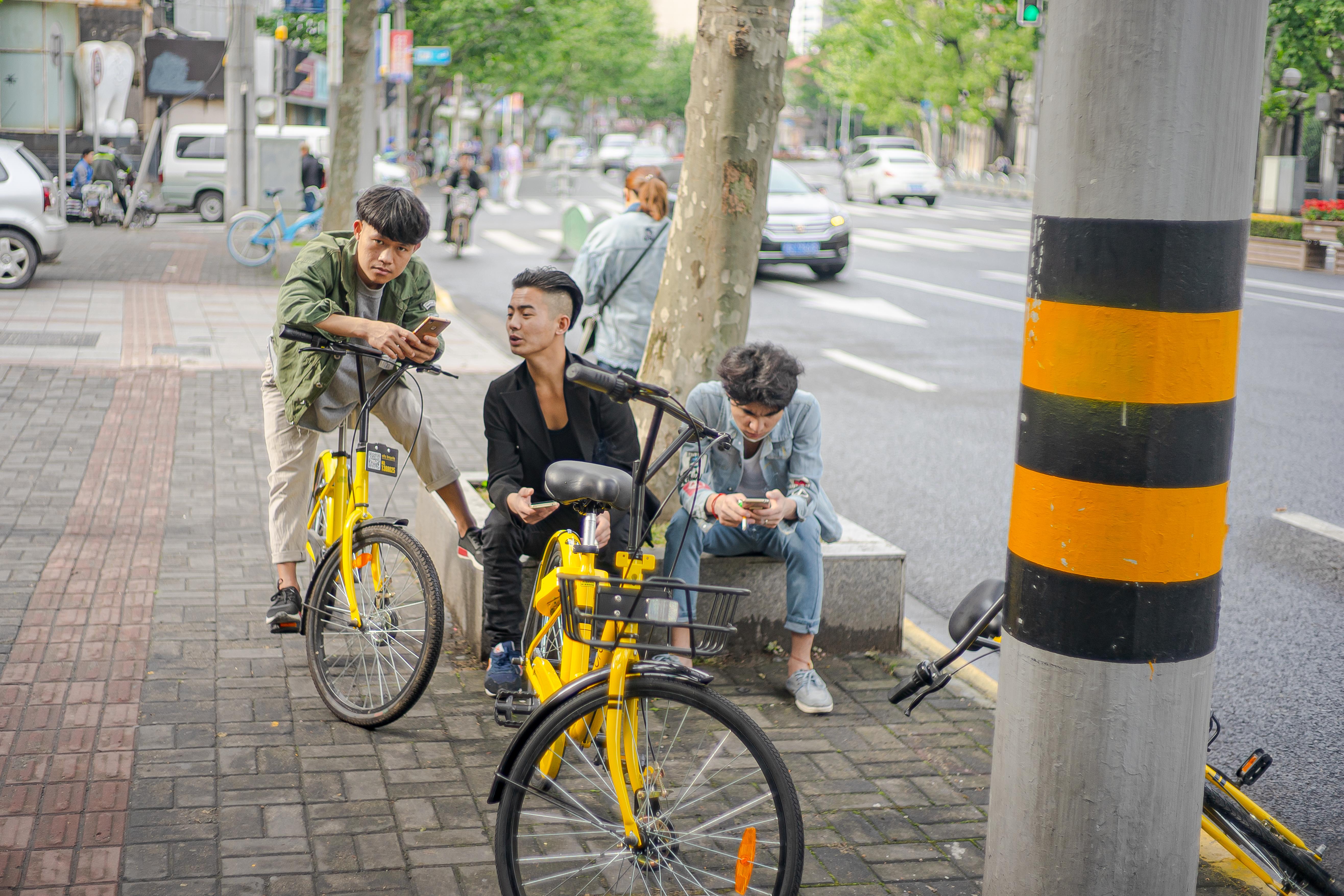 Sony a7 · 40mm · 1/1250 · ISO
100
Sony a7 · 40mm · 1/1250 · ISO
100
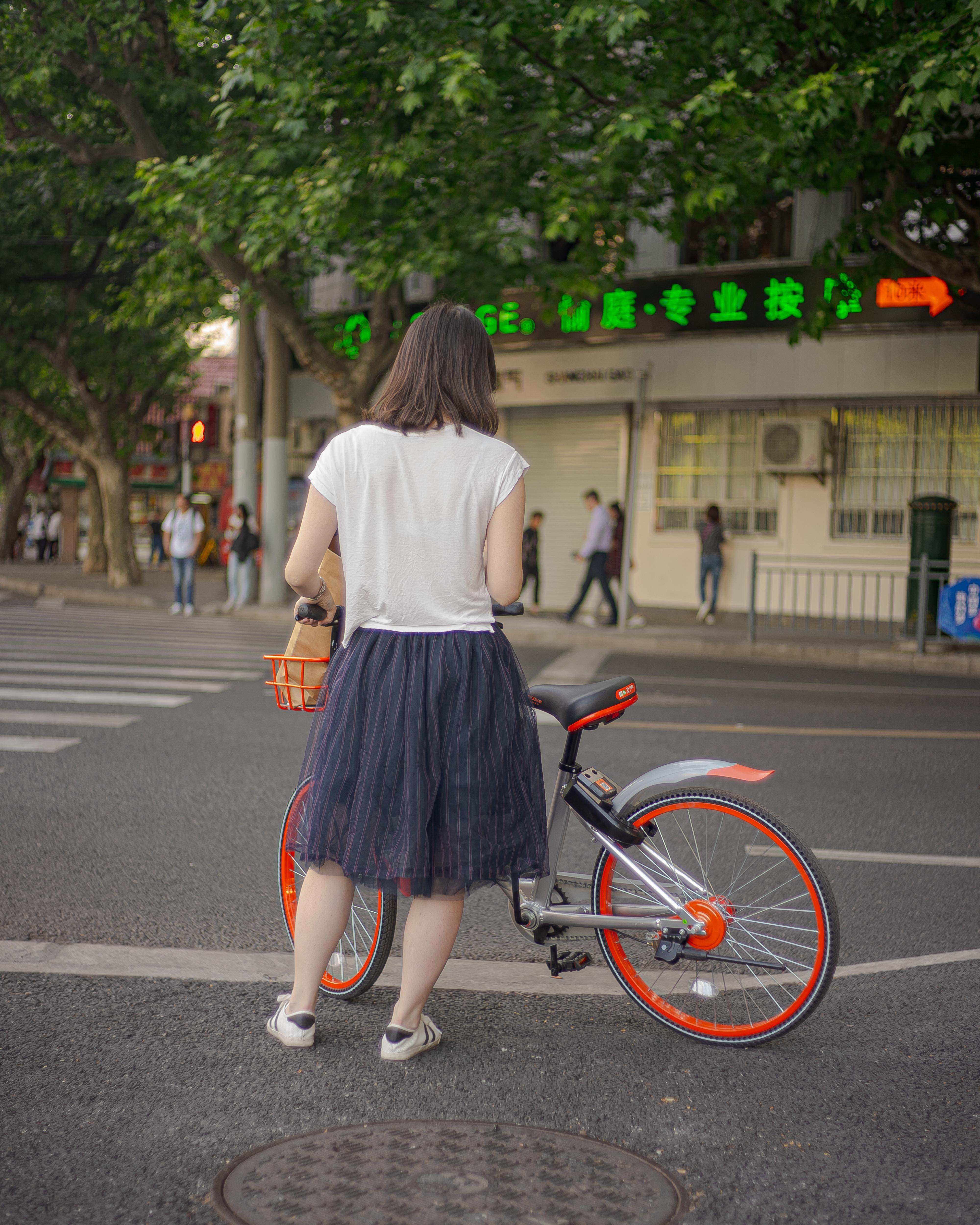 Sony a7 · 40mm · 1/160 · ISO
50
Sony a7 · 40mm · 1/160 · ISO
50
2023
Returning to Shanghai in late 2023 for an extended family trip, I witnessed a cityscape that had once again reinvented itself. The transformation was no longer just economic; it was a comprehensive technological leap permeating every aspect of life.
The roads, once dominated by bicycles, then by a mix of domestic and foreign brands, had undergone yet another shift. Electric vehicles now reigned supreme, their green license plates making up half of the cars at every busy intersection.
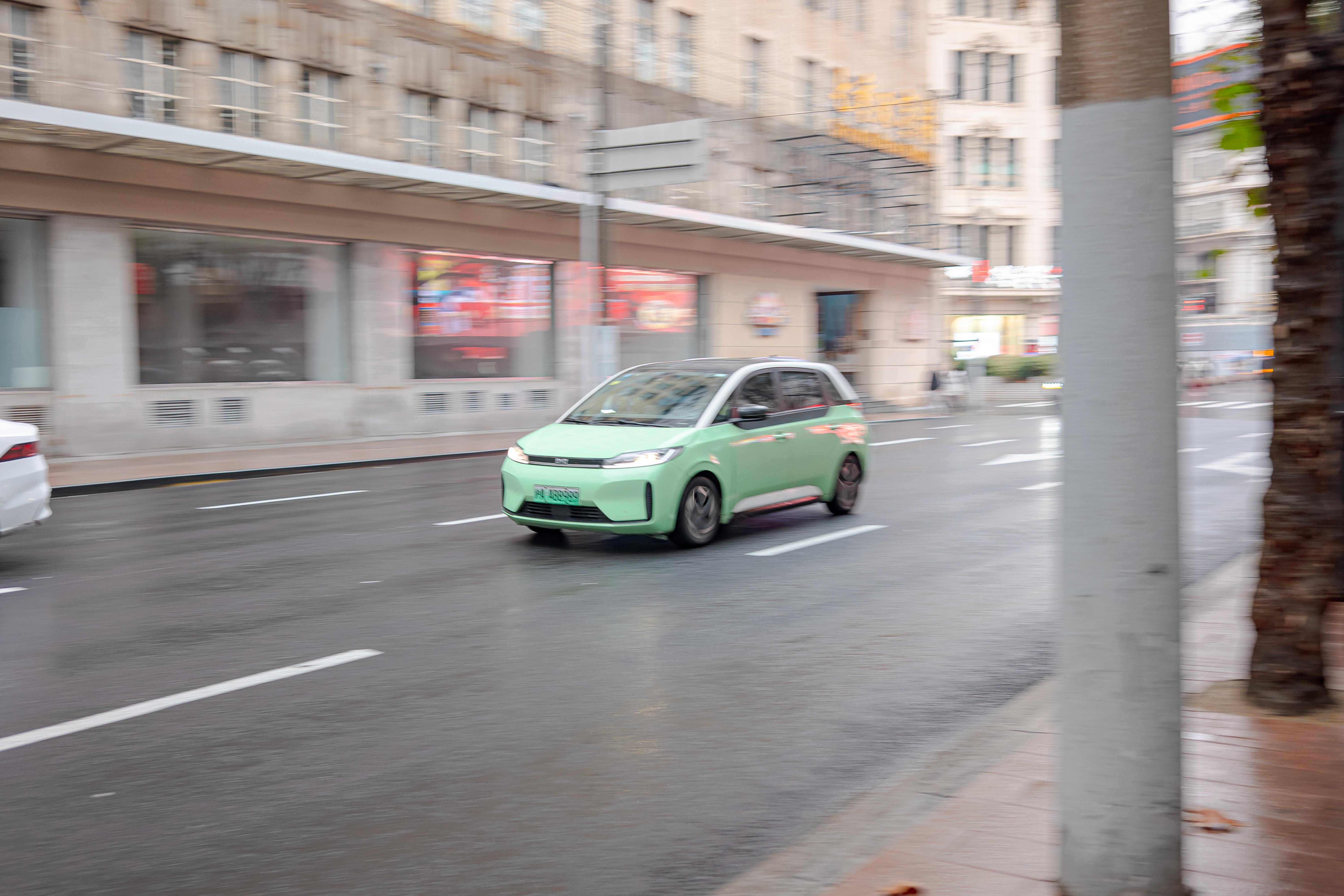 BYD D1 · Leica CL · 23mm · f/2.2
· 1/40 · ISO 100
BYD D1 · Leica CL · 23mm · f/2.2
· 1/40 · ISO 100
What caught my eye, however, was not just their silent operation, but their distinctive aesthetic. Their smooth silhouettes were adorned in a unique palette of soft pastels – blues, greens, and pinks.
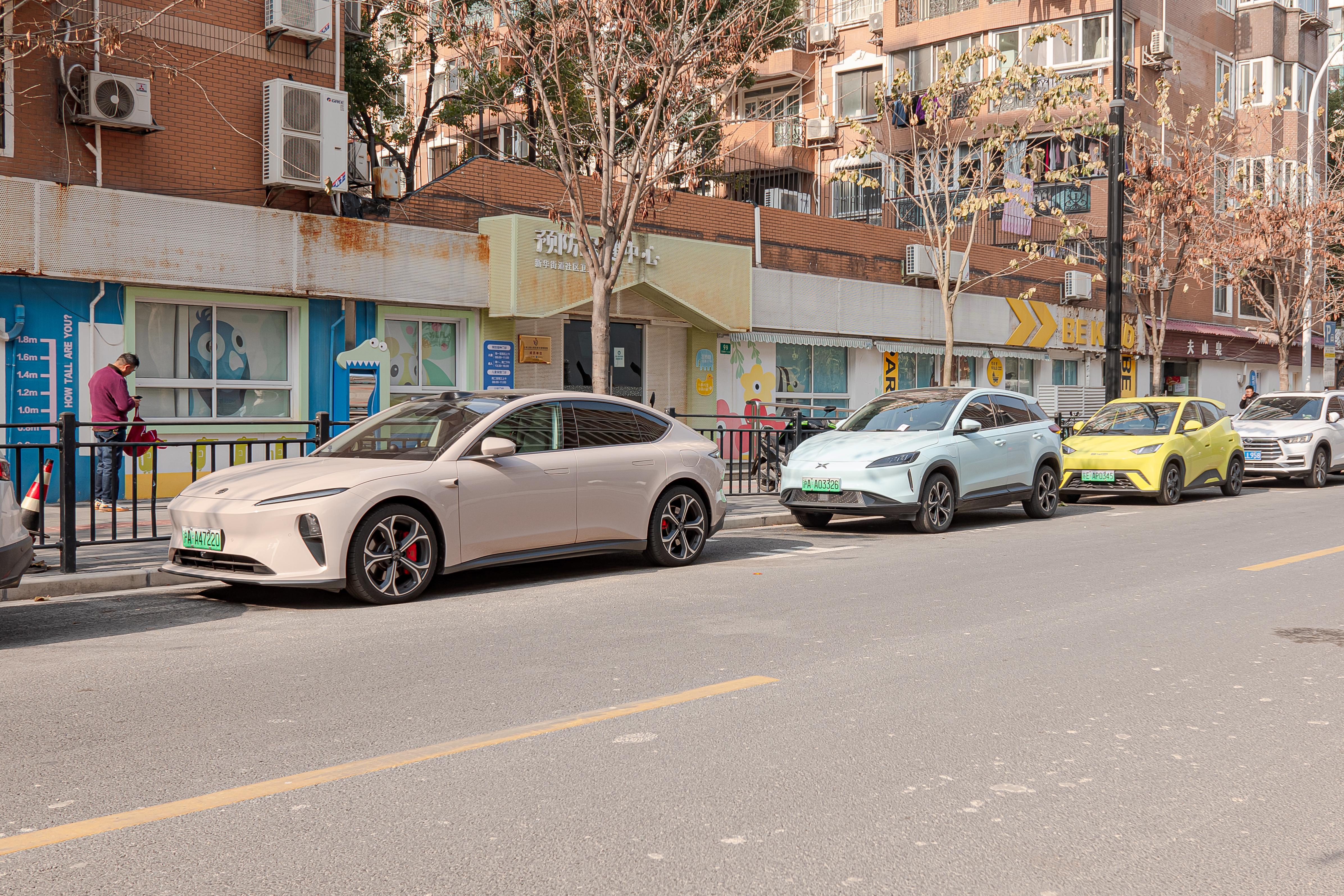 Nio ET5, Xpeng G3, BYD Seagull ·
Leica CL · 18mm · f/5 · 1/250 · ISO 100
Nio ET5, Xpeng G3, BYD Seagull ·
Leica CL · 18mm · f/5 · 1/250 · ISO 100
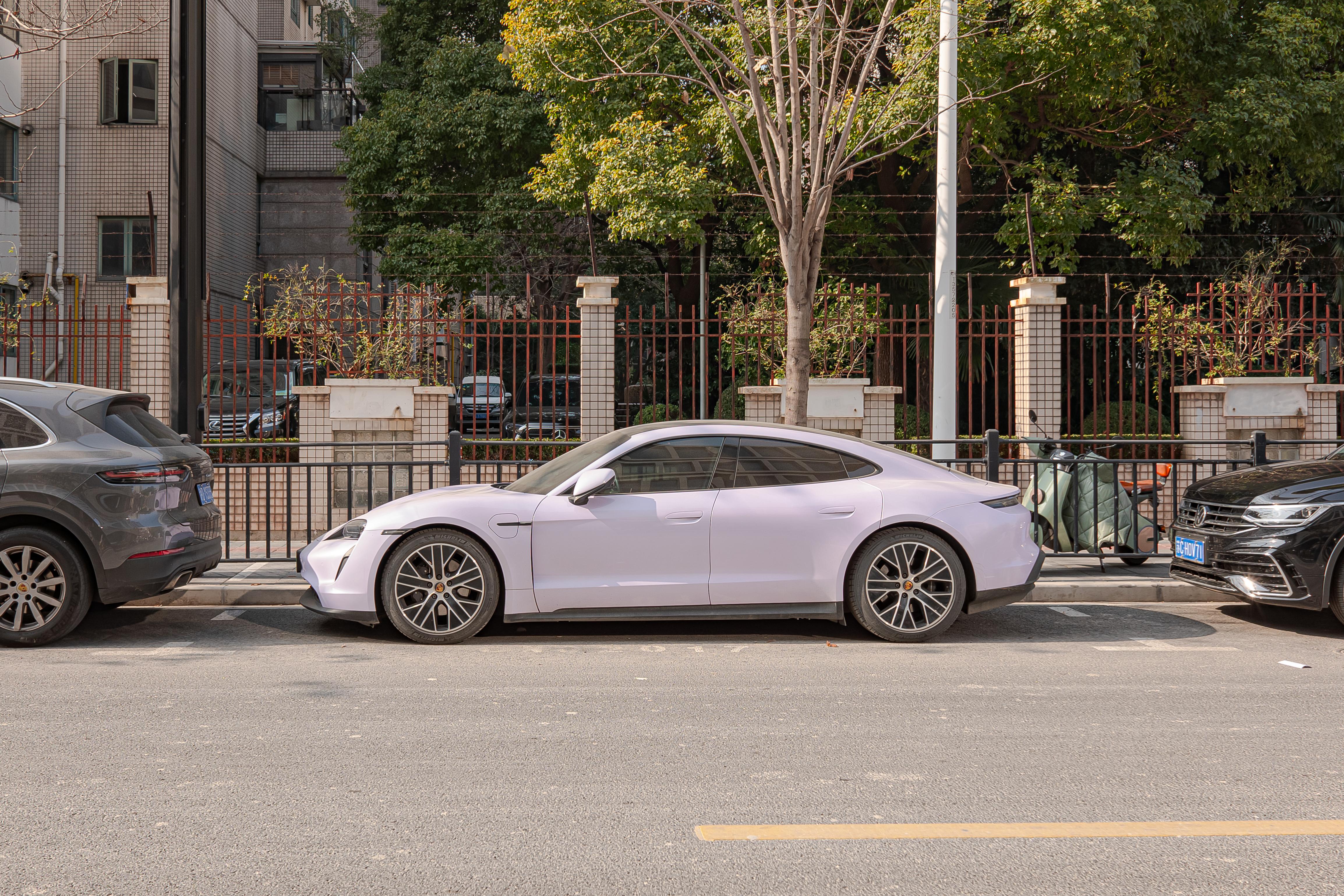 Porsche Taycan · Leica CL · 18mm
· f/5 · 1/200 · ISO 100
Porsche Taycan · Leica CL · 18mm
· f/5 · 1/200 · ISO 100
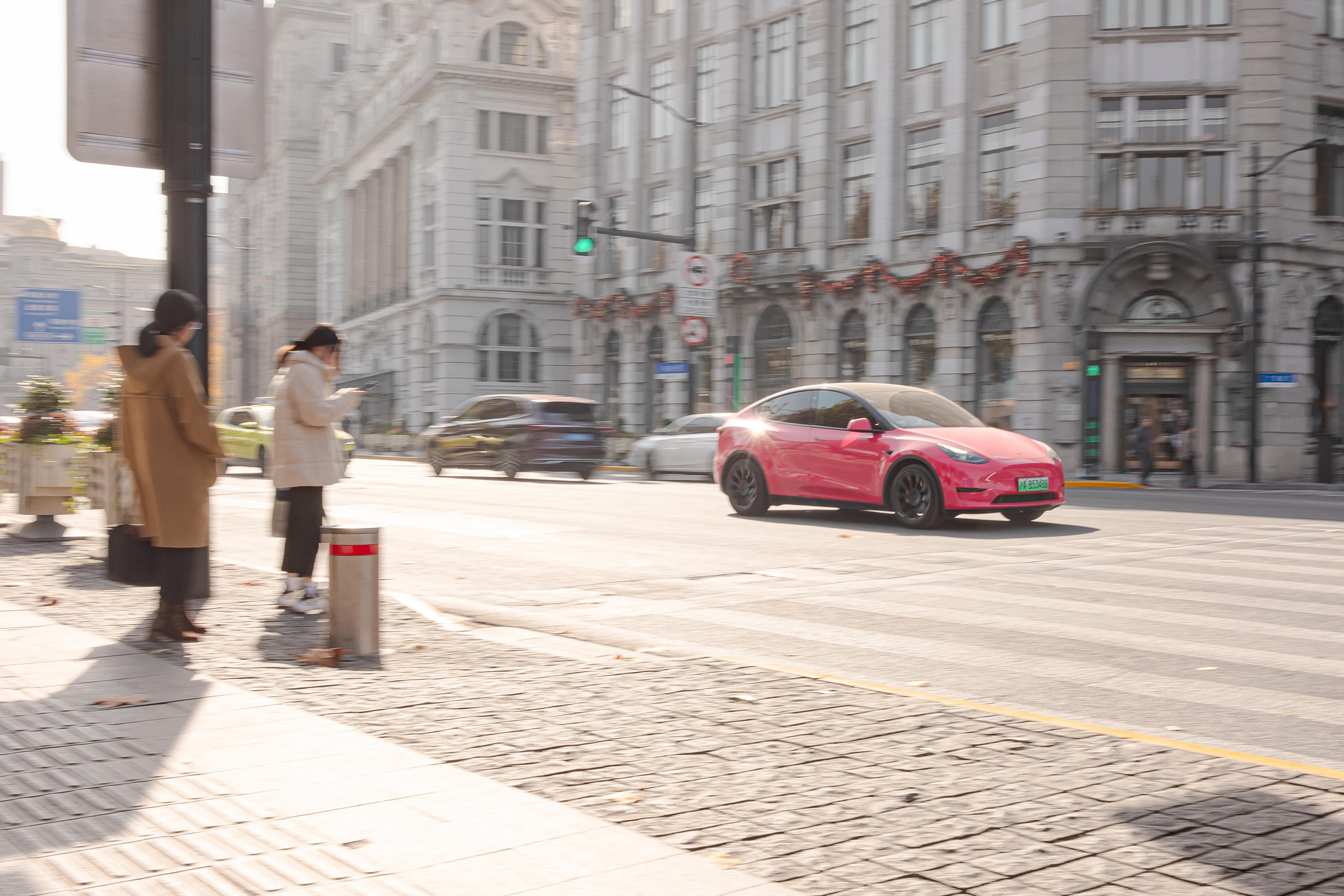 Tesla Model Y · Leica CL · 23mm ·
f/16 · 1/40 · ISO 100
Tesla Model Y · Leica CL · 23mm ·
f/16 · 1/40 · ISO 100
The once-ubiquitous Volkswagen Santana taxis were gone. In their stead was a fleet of Roewe i5 electric wagons, capable of swapping batteries quicker than one could refuel one of their predecessors.
China’s domestic brands, mere fledglings in 2005 and adolescents in 2017, had now come of age. Mid-range EVs from Geely and BYD had supplanted the gas-powered Hyundais and Toyotas of before.
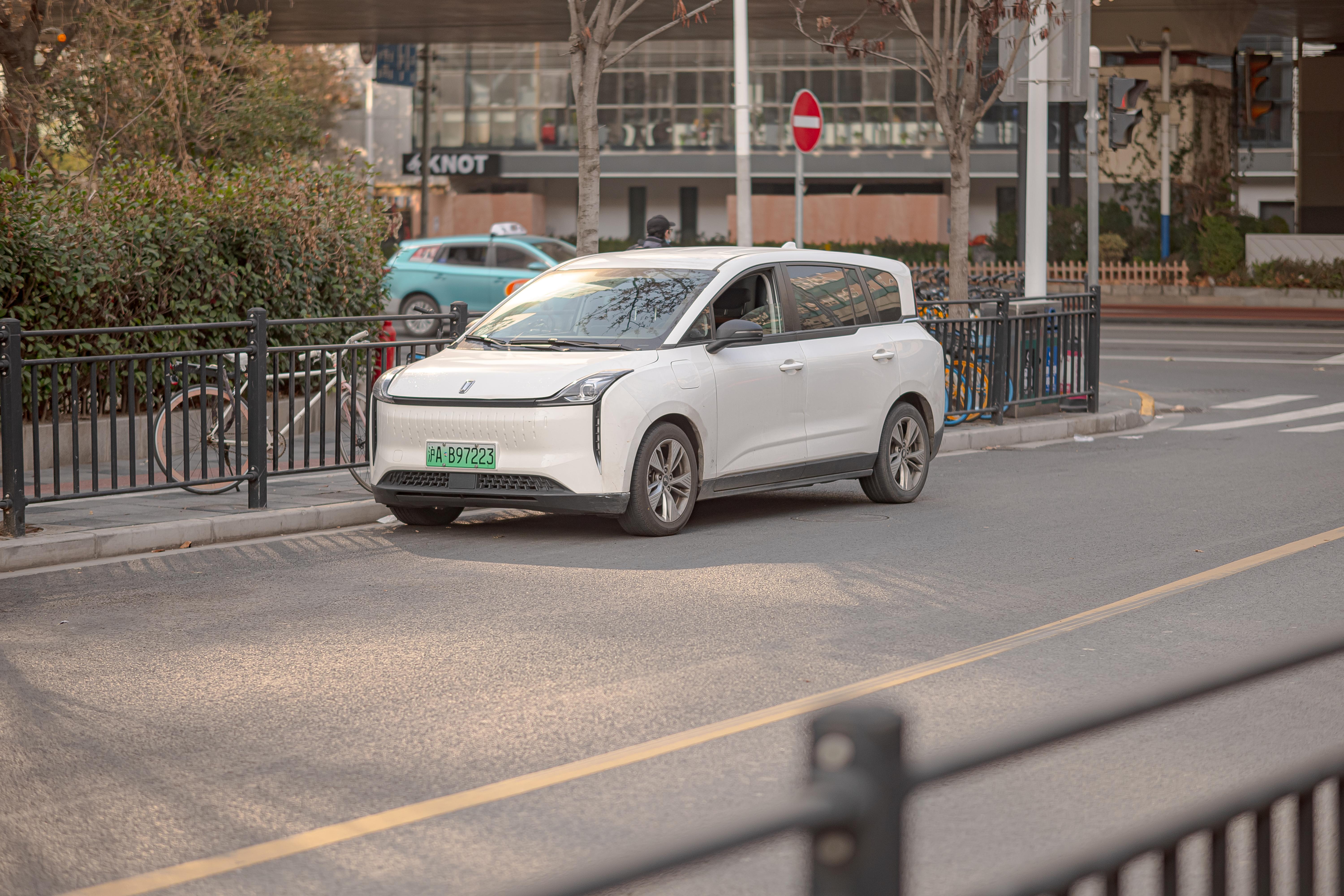 Bestune NAT · Leica CL · 56mm ·
f/1.4 · 1/2000 · ISO 100
Bestune NAT · Leica CL · 56mm ·
f/1.4 · 1/2000 · ISO 100
In the luxury segment, homegrown EV marques like Nio and Li Auto were challenging the long-standing hegemony of Audi, BMW, and Mercedes. Furthermore, Nio’s vehicles didn’t just look futuristic, all are capable of battery swaps at the thousands of battery swap stations across the country.
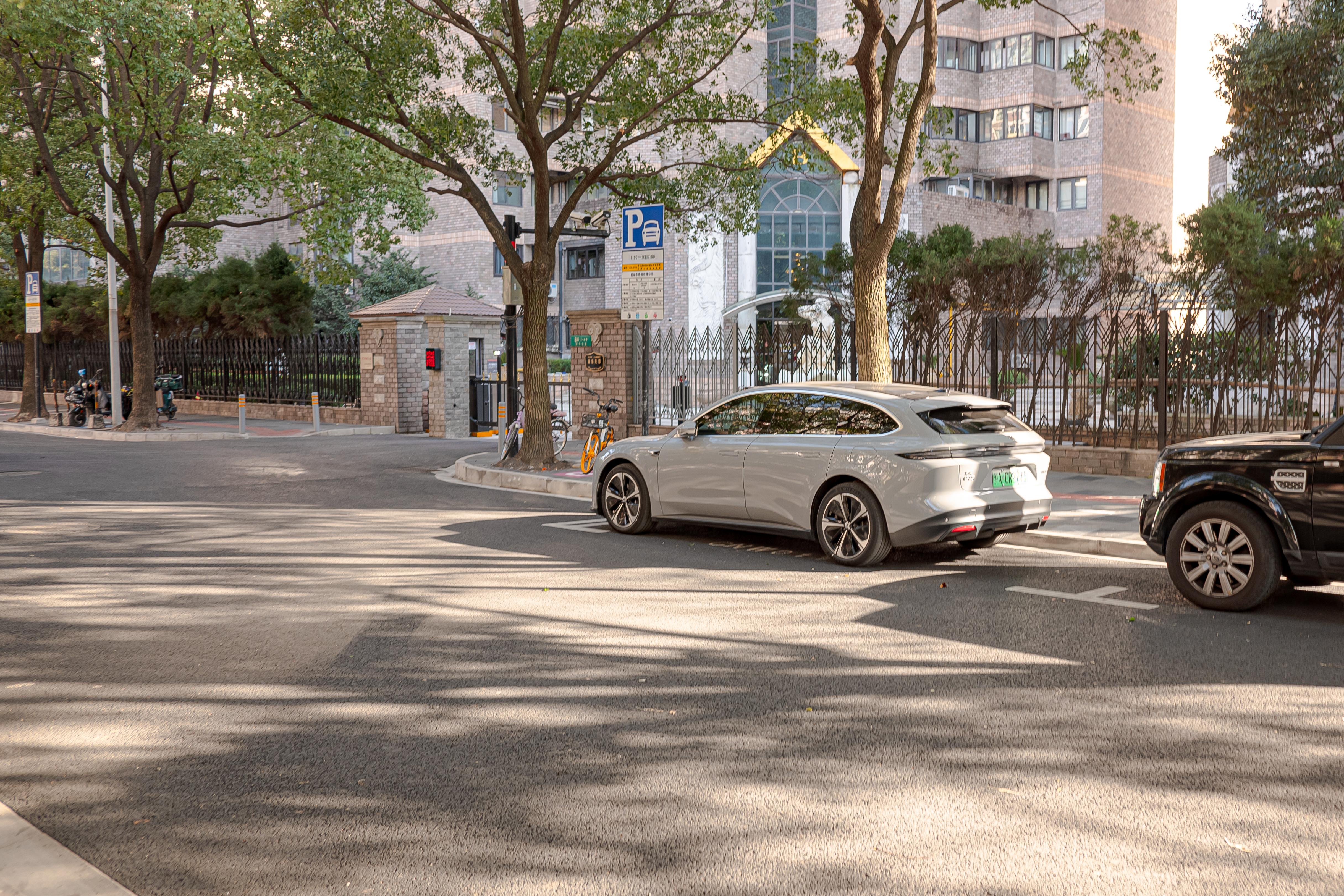 Nio ET5 Touring · Leica CL · 18mm
· f/2.8 · 1/60 · ISO 100
Nio ET5 Touring · Leica CL · 18mm
· f/2.8 · 1/60 · ISO 100
While Ferraris and Lamborghinis still turned heads, they now shared the limelight with domestic luxury vehicles. The HiPhi Z, with its unusual gullwing doors and external LED displays, embodied China’s ambition to redefine automotive luxury on its own terms.
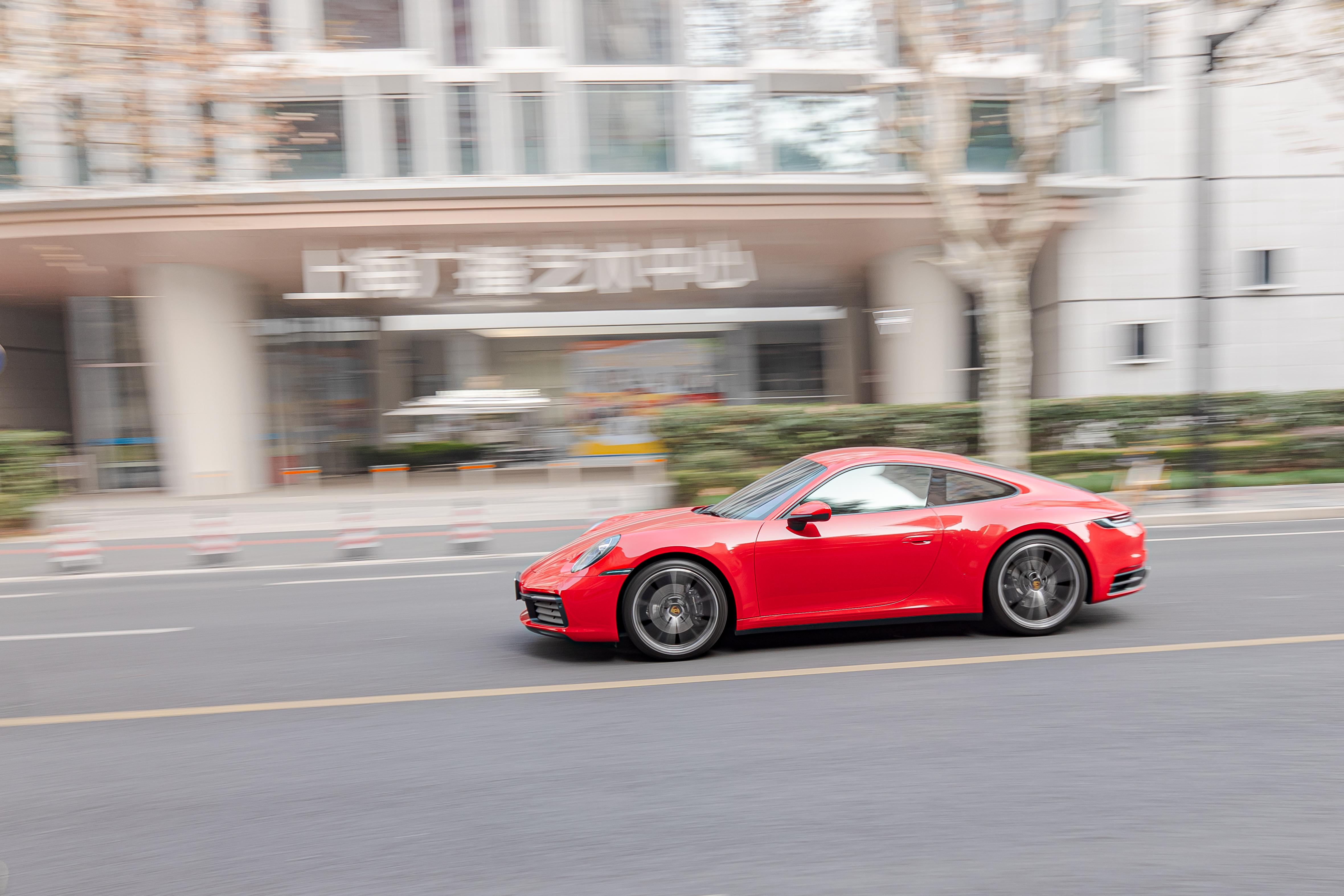 Porsche 911 · Leica CL · 18mm ·
f/5.6 · 1/60 · ISO 100
Porsche 911 · Leica CL · 18mm ·
f/5.6 · 1/60 · ISO 100
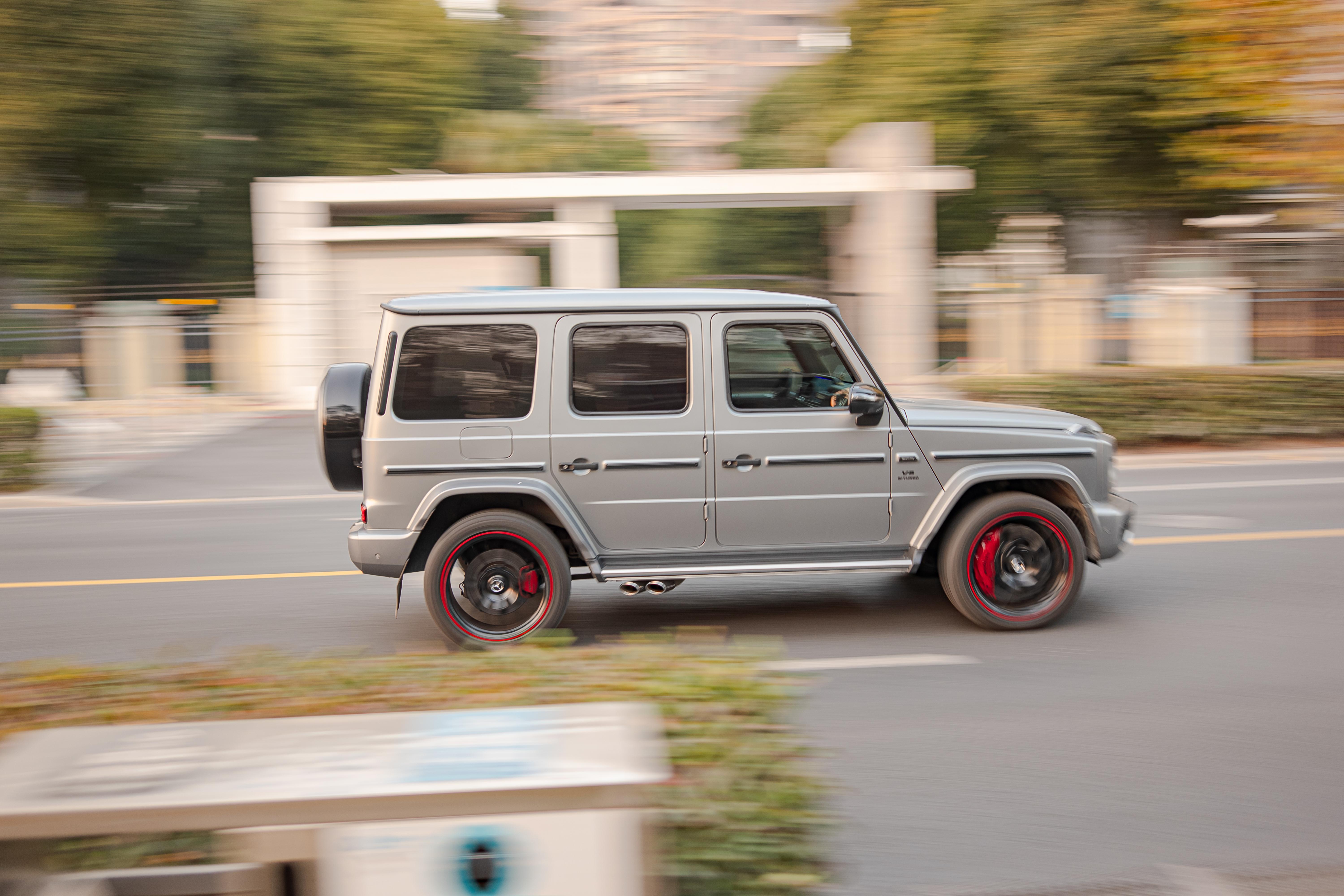 Mercedes-Benz G-Wagen · Leica CL
· 23mm · f/2 · 1/40 · ISO 100
Mercedes-Benz G-Wagen · Leica CL
· 23mm · f/2 · 1/40 · ISO 100
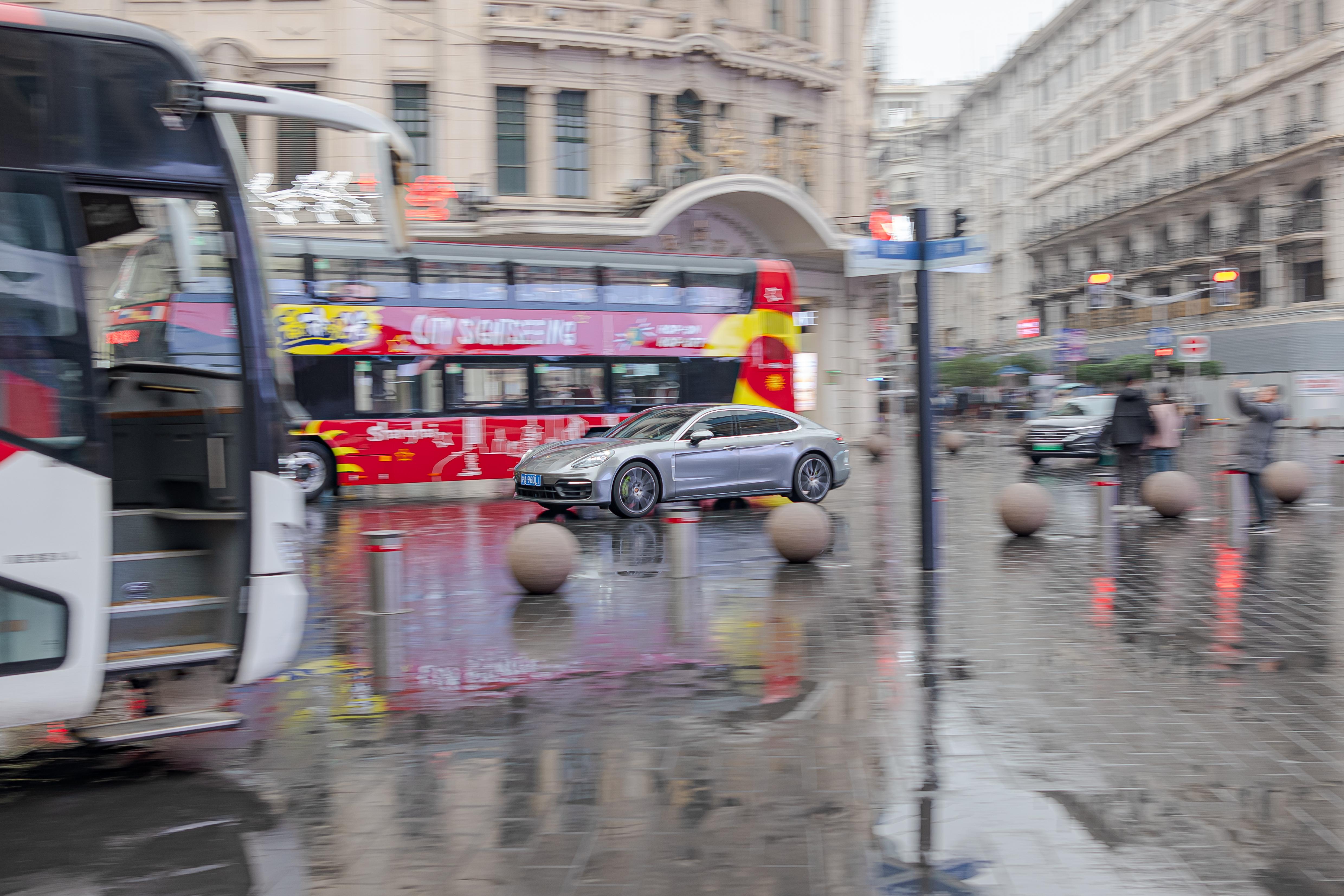 Porsche Panamera · Leica CL ·
23mm · f/2.8 · 1/40 · ISO 100
Porsche Panamera · Leica CL ·
23mm · f/2.8 · 1/40 · ISO 100
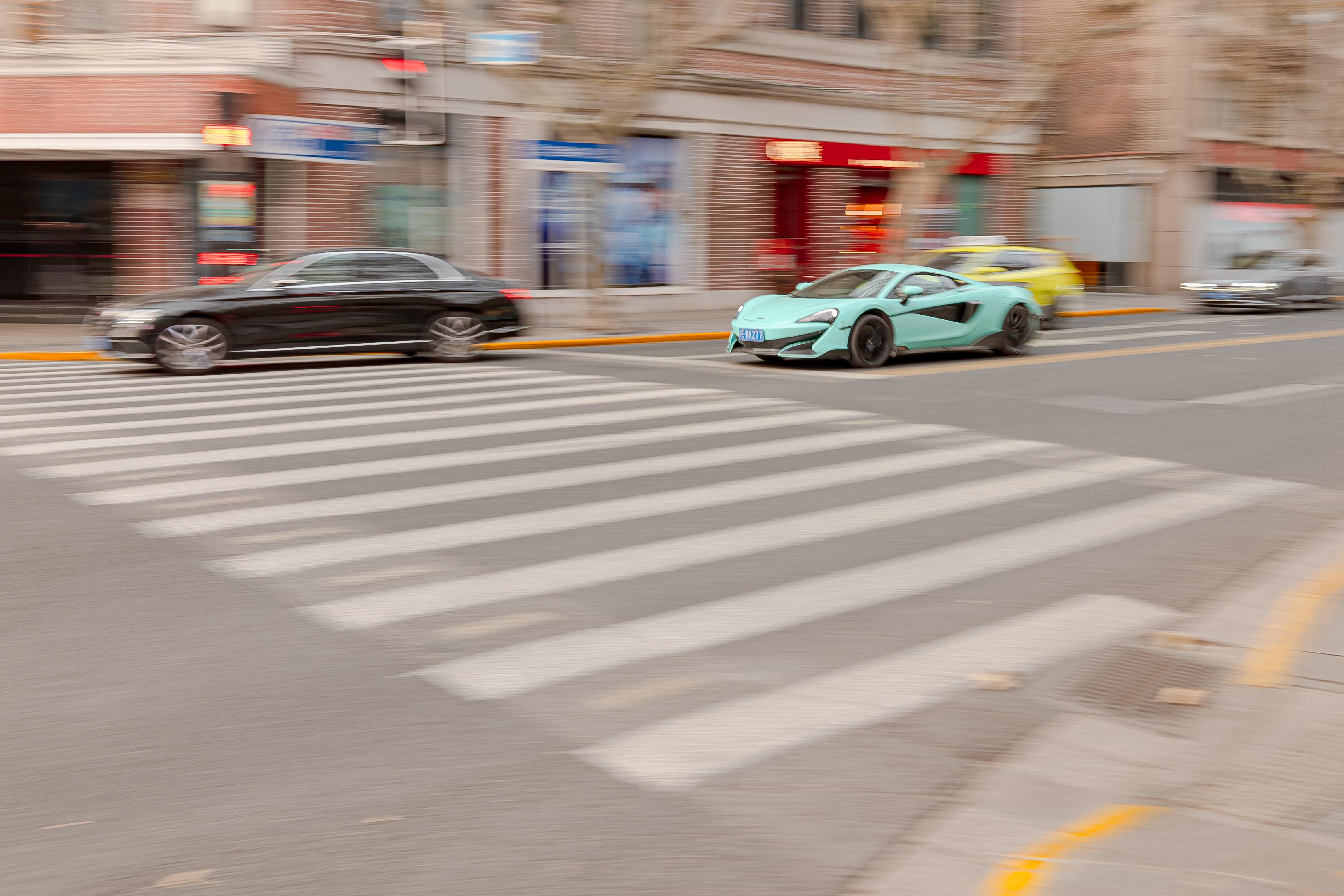 McLaren 570S · Leica CL · 18mm ·
f/5.6 · 1/10 · ISO 100
McLaren 570S · Leica CL · 18mm ·
f/5.6 · 1/10 · ISO 100
Roads of change
Standing at a busy Shanghai intersection in 2023, I marveled at the transformation before me. China’s roads have become more than arteries of transportation; they’re now dynamic showcases of national ambition and technical prowess.
The evolution I witnessed on its streets serves as a microcosm of the nation’s broader transformation. From my futile search for an iPod charger to the learning the QR code-driven life of today, each visit has revealed a country charting its own path, one that is innovative, fast-paced, and unapologetically unique.
Camera setup
Thanks to Q for reading drafts of this.
